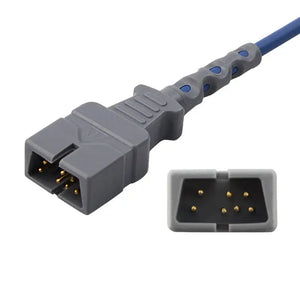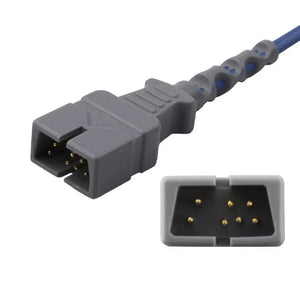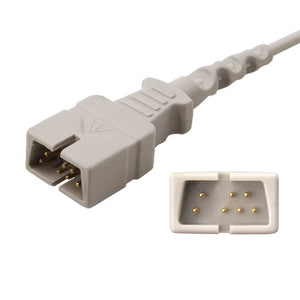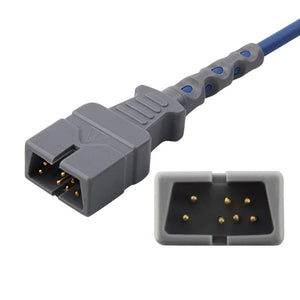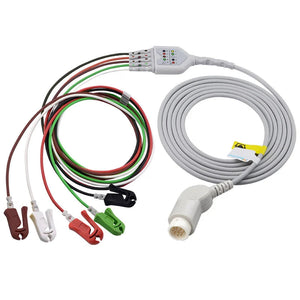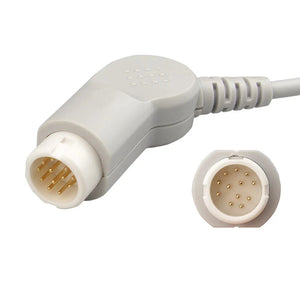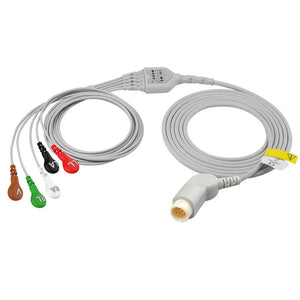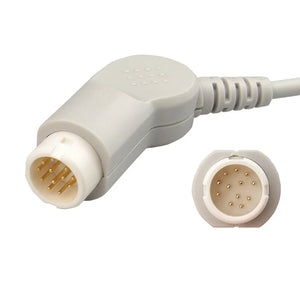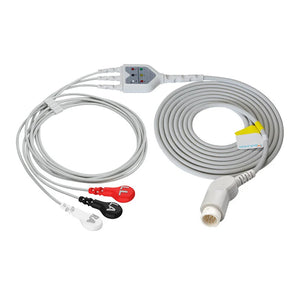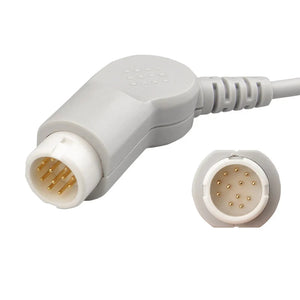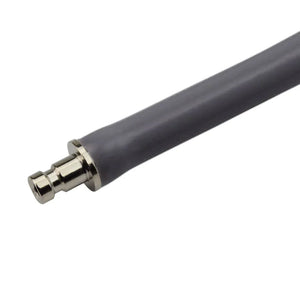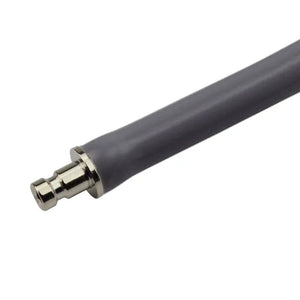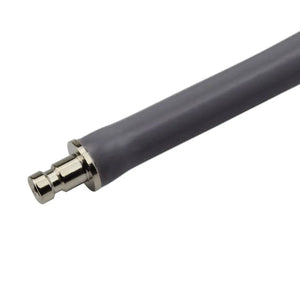Blood Pressure Cuff Guide: Sizes, Usage & Accurate Readings
| Cuff Size | Arm Circumference | Recommended For |
|---|---|---|
| Small Adult | ≤26 cm | Petite adults |
| Standard Adult | 26-34 cm | Average-sized adults |
| Large Adult | 34-44 cm | Larger arms |
| Extra Large | >44 cm | Very large arms |
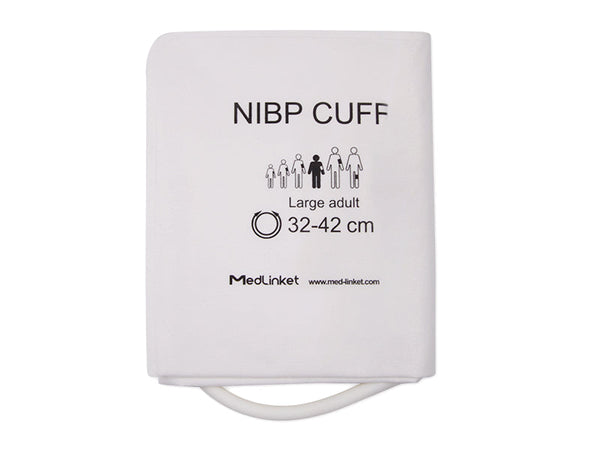
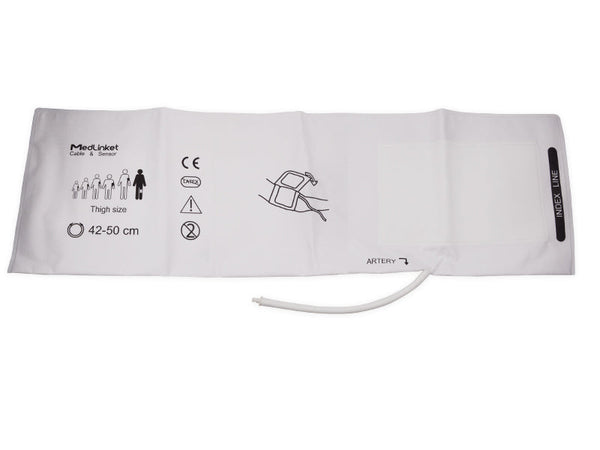
Finding Your Correct Blood Pressure Cuff Size
According to the American Heart Association, using the wrong cuff size is one of the most common causes of inaccurate blood pressure readings. In fact, studies show that 51% of adults require large or extra-large cuffs for accurate measurements.
To find your correct cuff size:
- Measure your upper arm circumference at the midpoint
- Use a flexible measuring tape
- Ensure the tape is snug but not tight
- Compare your measurement to the size chart above
Browse our complete collection of disposable blood pressure cuffs to find your perfect size.
Step-by-Step Guide: How to Use a Blood Pressure Cuff
-
Prepare properly:
- Rest for 5 minutes before measuring
- Empty your bladder
- Avoid caffeine and exercise for 30 minutes prior
-
Position yourself:
- Sit with back supported
- Feet flat on the floor
- Arm supported at heart level
-
Apply the cuff:
- Place 2.5 cm above elbow crease
- Align with brachial artery
- Ensure snug but not tight fit
Types of Blood Pressure Cuffs Explained
According to the Mayo Clinic, there are several types of blood pressure cuffs available:
- Manual cuffs: Traditional design requiring a stethoscope
- Digital automatic cuffs: Easy-to-use electronic devices
- Disposable cuffs: Single-patient use for optimal hygiene
- Reusable cuffs: Durable options for long-term use
Common Blood Pressure Cuff Mistakes to Avoid
"Using an incorrectly sized cuff can lead to errors of more than 10 mmHg in blood pressure readings." - Journal of Hypertension
- Never place the cuff over clothing
- Avoid talking during measurement
- Don't wrap the cuff too loosely or tightly
- Remember to stay still during readings
Understanding Your Blood Pressure Readings
According to the CDC, blood pressure categories are:
| Category | Systolic | Diastolic |
|---|---|---|
| Normal | Less than 120 | Less than 80 |
| Elevated | 120-129 | Less than 80 |
| High | 130 or higher | 80 or higher |
Home Blood Pressure Monitoring Guide
Research from the National Institutes of Health shows that regular home monitoring can help:
- Detect white coat hypertension
- Track treatment effectiveness
- Encourage better blood pressure control
- Reduce healthcare costs
FAQs About Blood Pressure Cuffs
How often should I replace my blood pressure cuff?
For disposable cuffs, replace after each patient. For reusable cuffs, replace when showing signs of wear or every 2-3 years with regular use.
Can I use the same cuff for different people?
While reusable cuffs can be shared with proper cleaning, we recommend disposable cuffs for optimal hygiene in clinical settings.
How accurate are home blood pressure monitors?
When properly sized and used correctly, home monitors are generally accurate within 5 mmHg of readings taken at your healthcare provider's office.
Conclusion
Accurate blood pressure measurement is crucial for managing cardiovascular health. Using the right cuff size and proper technique ensures reliable readings for better health outcomes.
Ready to Get Your Perfect Blood Pressure Cuff?
Browse our selection of high-quality, medical-grade blood pressure cuffs today.
Shop Blood Pressure Cuffs Now


